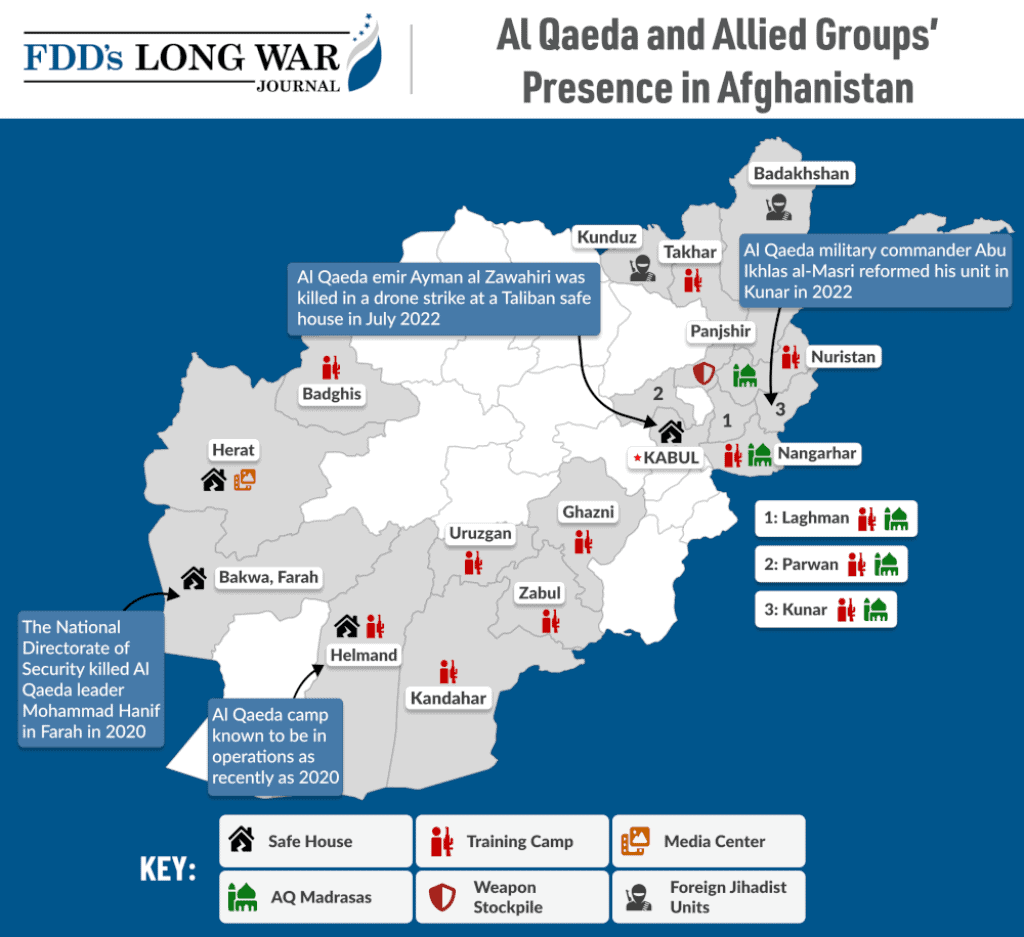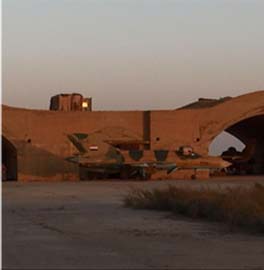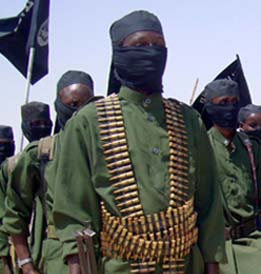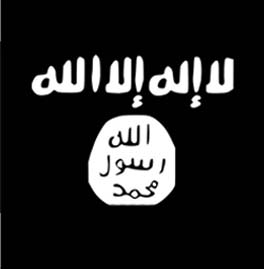
The Movement of the Taliban in Pakistan (TTP) and Jamaat Ansarullah (JA) have established training camps in Afghanistan with support from Al Qaeda and the Taliban, the United Nations Analytical Support and Sanctions Monitoring Team reported. These camps are in addition to the facilities that are operated by Al Qaeda and have previously been identified by the Monitoring Team.
The Monitoring Team disclosed the presence of new TTP and JA training camps in the provinces of Khost, Kunar, Nangarhar, Paktika, and Takhar, as well as the existence of two foreign jihadist units in its latest 1267 report on Afghanistan issued on February 13.
Al Qaeda and its jihadist allies are now running facilities in 14 of Afghanistan’s 34 provinces. In previous reports, the Monitoring Team identified Al Qaeda camps operating in 12 of Afghanistan’s 34 provinces.
The most recent and previous Monitoring Team reports directly contradict the Taliban’s repeated claims that it does not harbor or support foreign terror groups. The TTP routinely launches attacks in Pakistan, while JA is devoted to overthrowing the Tajik government. Al Qaeda remains a transnational terror group that supports jihad across the globe.
TTP camps and Afghan Taliban support
The TTP “established new training centres in Kunar, Nangarhar, Khost and Paktika (Barmal) Provinces while enhancing recruitment within TTP cadres, including from the Afghan Taliban,” the Monitoring Team noted. As of June 2023, Al Qaeda was known to have “trained and supplied ideological guidance to TTP fighters in suicide bomber training camps in Kunar Province.”
Terror facilities hadn’t previously been identified in the provinces of Khost and Paktika, which are under the purview of the powerful Al Qaeda-linked and TTP-allied Haqqani Network. The Haqqani Network, a Foreign Terrorist Organization, is led by Sirajuddin Haqqani, a Specially Designated Global Terrorist who serves as the Taliban’s deputy emir and the minister of the interior. Although the Haqqanis and the Afghan Taliban are backed by Pakistan, they continue to support the TTP as it attacks the Pakistani state.
The report notes that the “ambition and scale of its [the TTP] attacks on Pakistan […] had significantly increased, with over 600 attacks during the reporting period, including from Afghan territory.”
Meanwhile, “the Taliban continued to provide TTP with logistical and operational space and financial support,” and its emir, Noor Wali Masoud, is receiving “a monthly payment” of approximately $43,000.
The Afghan Taliban-TTP ties have been forged in decades of war both inside Afghanistan and across the border in Pakistan. The leader of the TTP has sworn allegiance to the Taliban’s emir and says his group is part of the Taliban’s Islamic Emirate of Afghanistan.
The TTP helped the Afghan Taliban battle the US and the prior Afghan government and is known to have a safe haven in eastern Afghanistan.
Jamaat Ansarullah camps and units in Afghanistan
JA, which is commonly referred to as the Tajik Taliban, “had training camps in Khost Province with Al Qaeda engineers and weapons instructors, and a special military centre in the Kalafgan district of Takhar Province to train Central Asian and Arab fighters,” according to the Monitoring Team’s report.
Additionally, JA has created a unit known as “Ansar” that is based in the Imam Sahid district in Kunduz. The unit’s mission is to “infiltrate border areas,” presumably the country of Tajikistan. Imam Sahib borders Tajikistan and is a known hotspot for the Taliban and JA.
JA also participated in a joint operation with both the Taliban and Al Qaeda in Faizabad District in Badakhshan Province. According to the Monitoring Team, “Jamaat Ansarullah and Al Qaeda fighters” deployed with “a suicide bomber unit from the Lashkar-e Mansouri Martyrdom Battalion” to battle “the anti-Taliban resistance fronts.”
JA is an Al Qaeda-linked terrorist organization that emerged in Tajikistan in 2006 as a Tajik-focused offshoot of the Islamic Movement of Uzbekistan (IMU). The terrorist organization, which aims to replace the government in Dushanbe with an Islamic regime, has operated in northern Afghanistan since its inception, receiving support from the IMU and the Taliban. Even after its leader, Mullah Amriddin Tabarov, was killed by Afghan forces in 2015, JA maintained its presence in Afghanistan, including training facilities.
During the Taliban’s offensive in the summer of 2021, the Taliban placed JA commander Mahdi Arsalon in control of five districts in the northern province of Badakhshan.







